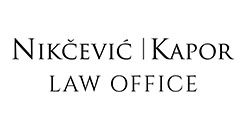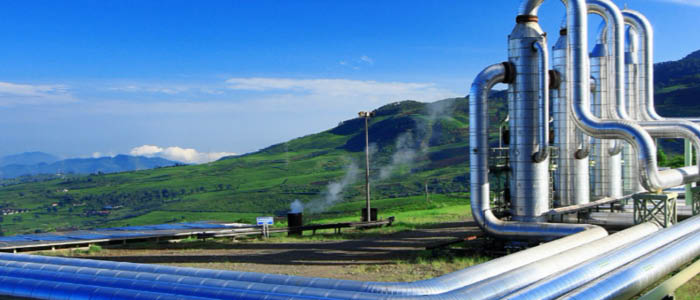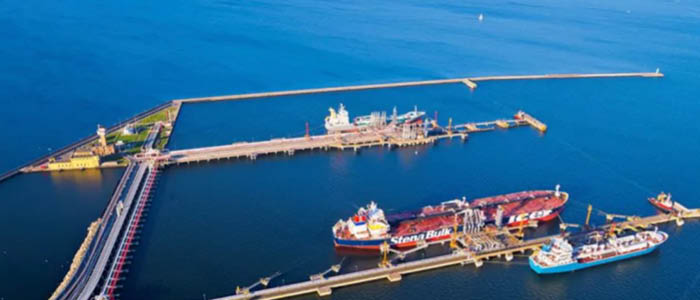JPM’s Ivan Petrović recently provided an expert overview on noticeable tendency of excessiveness with regard to legal framework in construction regulations.
This tendency can be easily noticed by comparison of the original solutions set forth in relevant laws in the field of construction with the solutions prescribed in the same laws after one or multiple amendments of the same. Serbian laws tend to regulate particular issues in more and more details over the years that it appears that the legislators wish to regulate each situation that may come up in practice through the letter of law.
А very good example of such practice is the Law on Spatial Planning and Construction. When first enacted in year 2003, this law regulated the matter of title over the land that the investor must have in order to obtain the construction permit with just one provision, while today this law regulates the same matter through seven paragraphs.
In the light of adoption of the Law on Construction Products (“Official Gazette of RS”, no. 83/2018), which is the first law tackling this matter in Serbia, the issue of excessive legal regulation in the construction field in Serbia came into perspective once again.
The Law on Construction Products represents one of many manifestations of recognizable aspiration to harmonize our legal framework with the requirements and applicable regulations and standards of the EU. At the same time, it has put the spotlight on the issue of out of datedness of existing technical regulations and standards. The Law itself, as much as harmonized with the applicable EU Regulation no 305/2011 on harmonized conditions for the marketing of construction products, cannot resolve the issue of extensive and archaic technical regulations and standards still in force in Serbia.
The best example of mentioned obsolete and extensive regulatory practice is the Rulebook on compulsory attestation of elements of standard construction structures to fire resistance and on the mandatory conditions for organizations of associated labor authorized to certify these products, which remains in force since the early 90’s of the last century. This Rulebook sets forth numerous requirements with regard to attestation of construction structures to fire resistance, which results in imposing additional testing procedures and related costs to any construction market participant who intends to use construction products that come from the EU in Serbia. It seems that Serbian construction market now faces with the urgent need for implementation of technical regulations and standards harmonized with the EU standards, as well as with the need to resolve the matter of recognition of EU construction products in Serbia in order to relieve the construction market participants from doubling of respective testing procedures and from imposition of additional costs.
By Ivan Petrovic, Head of Real Estate department JPM Jankovic Popovic Mitic





























